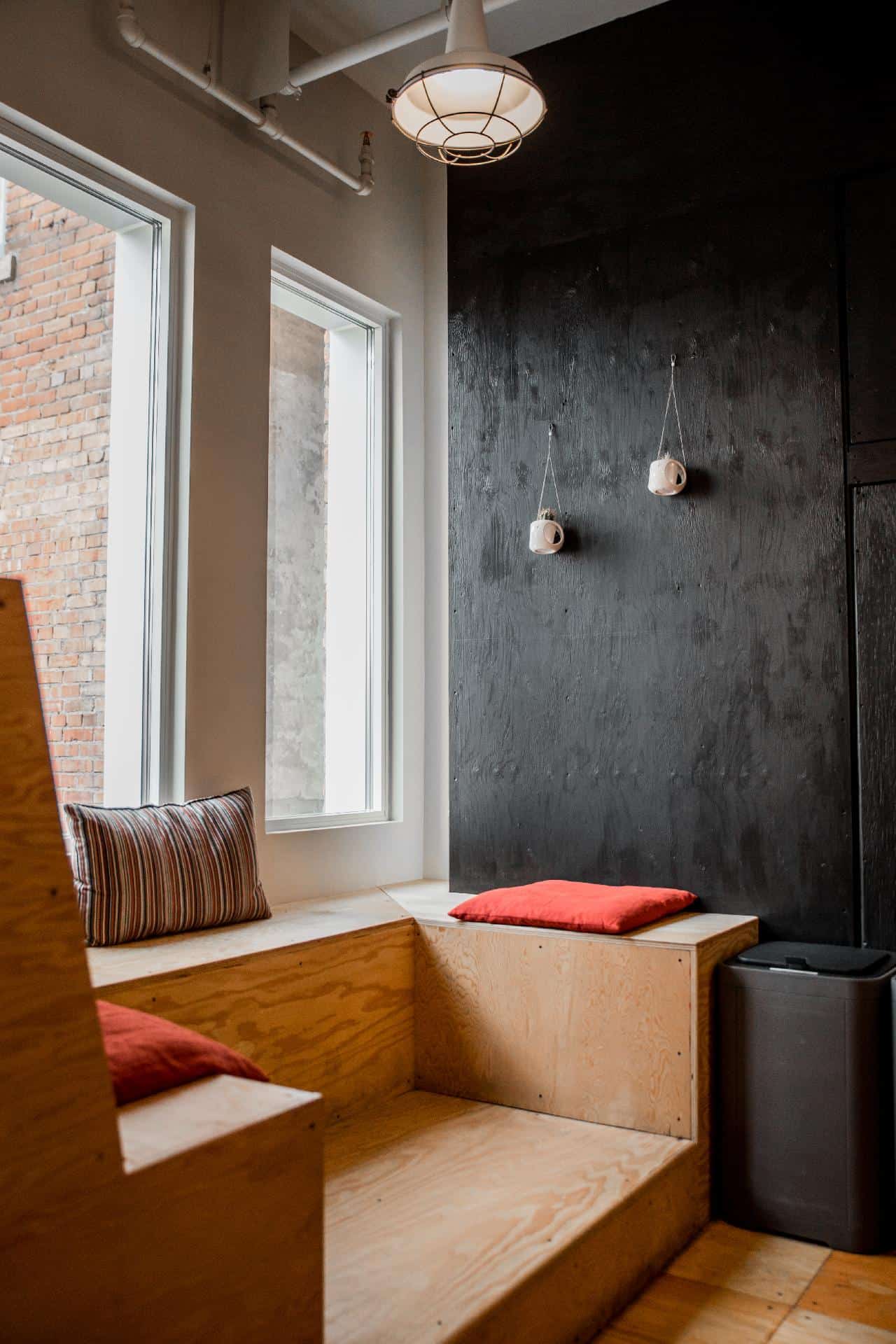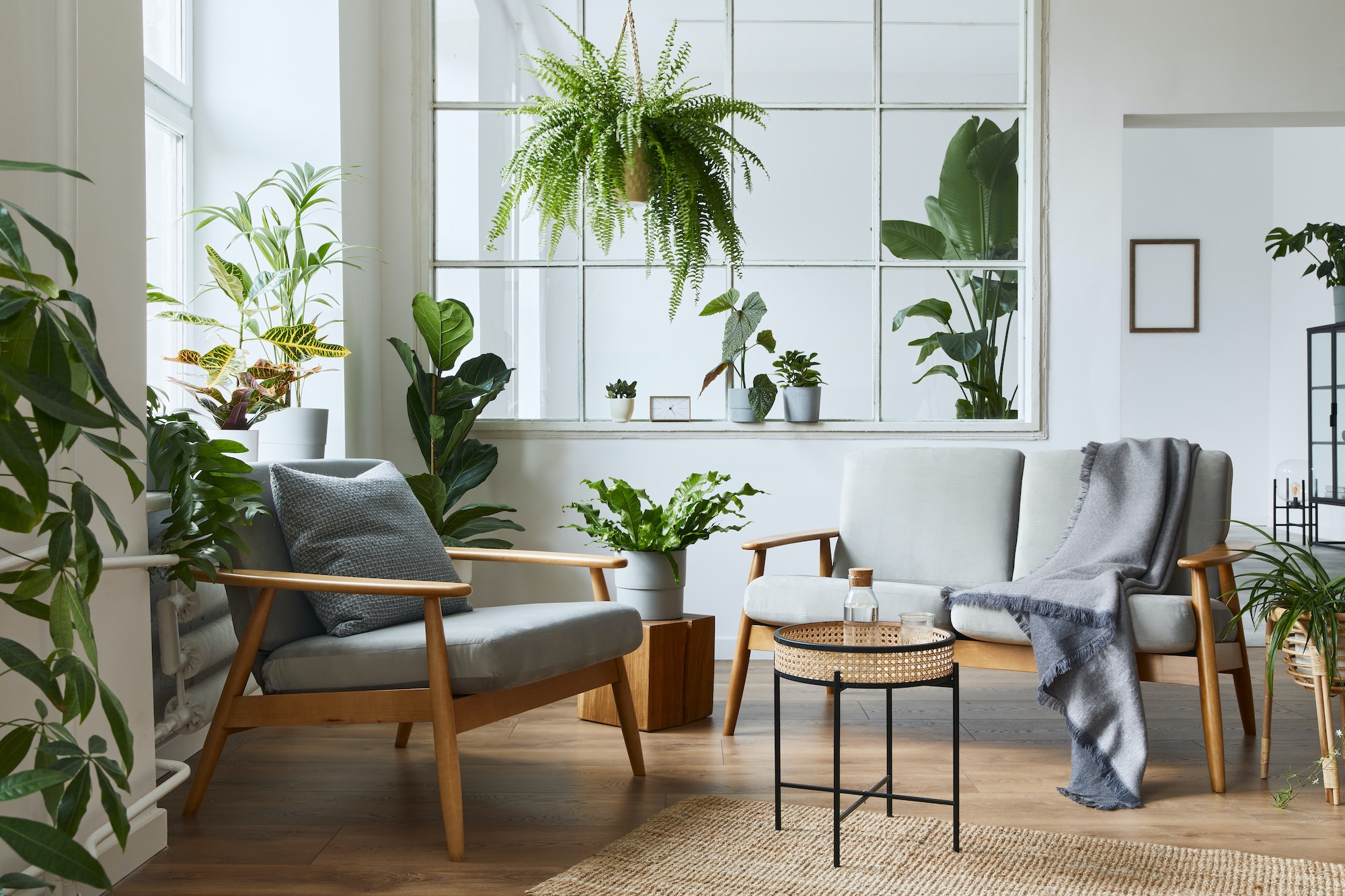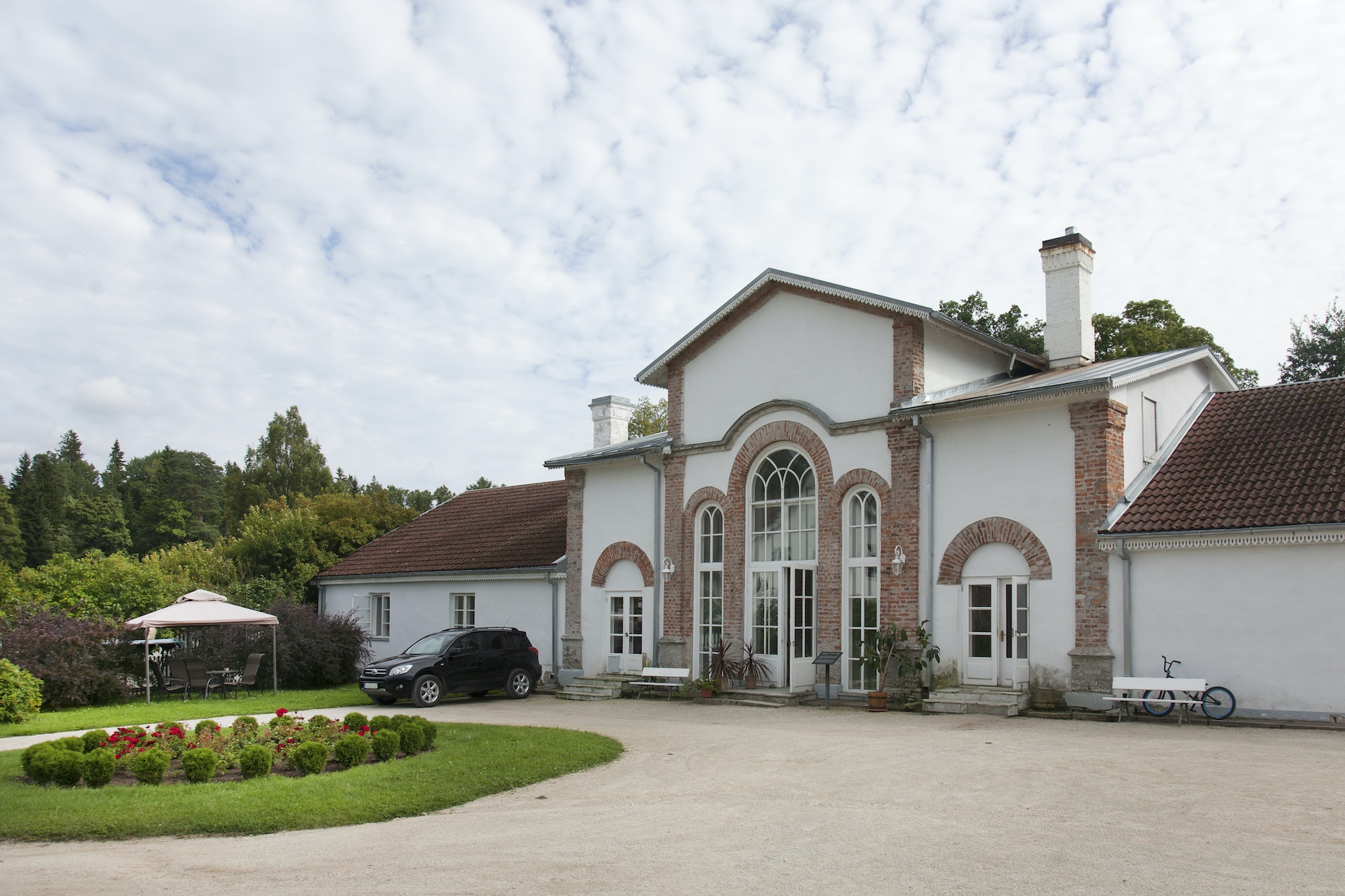Entrepreneur and lighting designer Dr. Thomas E. Farin famously said, “Light is the first element of design; without it, there is no color, form, or texture.”
The importance of lighting isn’t just about enhancing the aesthetics of a room. It can also influence human health, affecting everything from circadian rhythms to cognitive performance.
Seeking an education in lighting design? Read on to learn about the benefits of natural light and the importance of artificial lighting in interior design.
Working With Natural Light
In any space, don’t forget about the importance of light that is natural.
Within office environments, researchers have found that regular exposure to sunlight results in big benefits. Like a six percent rise in productivity and a 15 percent boost to general wellbeing in employees.
In the home, natural light warms your rooms, reduces stress, and helps you sleep better. Use light bulbs that imitate natural light to illuminate areas that are traditionally shrouded in darkness, like basements.
If you live in a built-up area, consider the importance of artificial lighting entering your home or office from outside sources when planning lighting designs. Do you need to block it out entirely or can you work with it?
Importance of Lighting Direction
Not so long ago, setting up a desk lamp or fitting a lightbulb into a display cabinet was the most directional you could get with lighting. Today, there are endless styles of lighting fixtures that, when cleverly placed, will brighten up dark corners in the home and office.
Track lighting consists of light fixtures mounted onto tracks attached to the ceiling. The fixtures rotate 360 degrees and you can reposition them along the railing.
Can and downlights often point straight down, but you can rotate some within the canister to focus light in one spot. Decorative lighting like chandeliers, string lights, and pendant lights provide dispersed illumination.
Painting With Light: Color Psychology
You can’t underestimate the importance of good lighting in home and school. In a house, light can influence mood. In places like educational institutes or offices, the lighting might improve concentration. What is it about a light that has this effect? It’s all down to the color.
Lighting can, of course, come in bright reds, greens, and yellows. Think Christmas lawn decorations or a photography darkroom. When discussing lighting for residential or commercial properties, color actually refers to how warm or cool the light is.
Cool light is more suited to places like home offices, kitchens, and school rooms, where the inhabitants need focus and confidence. It can keep you awake, so it’s not suited to relaxing areas. If you’re looking to chill out, go for warm-colored lighting. A warmer light simulates the soothing glow of a fireplace or candle.
Smart Lighting for an Easier Life
The importance of LED lights cannot be understated in the development of smart lighting. The technology can help home and business owners reduce their energy consumption by up to 80 percent. IoT-integrated LED lighting also makes our lives easier through automation and smartphone connectivity.
Smart lighting doesn’t work in isolation. Make sure it’s properly connected to your other smart devices by working with a cabling technology professional like Miami-based Solid Power Inc. These service providers make sure your smart home systems are not only integrated, but they’re also 100% customized to your needs.
A Long History of Benefits
Since the electric lightbulb became widely available in the late 1800s, humanity has celebrated lighting for its power to increase energy, boost productivity, and reduce depression. Whether you’re renovating your home or setting up a new office, understanding the importance of lighting will help you create smarter interiors.
On a roll with the interior design research? Check out our website for more articles on home and office renovation, architecture, and so much more.
Discover more from Futurist Architecture
Subscribe to get the latest posts sent to your email.



![modern apartment [article_title]](https://www.futuristarchitecture.com/wp-content/uploads/2025/03/Small-Closet-Solutions-That-Will-Make-You-Feel-Like-You-900x600.jpg)